Short walk to subway and bus stop to almost all major sightseeing spots.
Nijojo, Nijo Castle
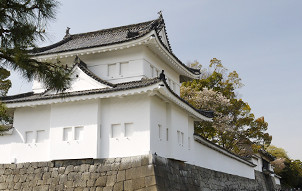
19 min by Walk
Nijojo castle was constructed in 1603 as a residence and administrative center for Tokugawa Ieyasu, the first shogun. It was completed in 1626 during the reign of Iemitsu, the third shogun. In 1867, the palace was the stage for the declaration by Yasunobu, returning the authority to the imperial court. It is one of the seventeen Historic Monuments of Ancient Kyoto.
Access from Gekkou-an
Shinsen-en

14 min by walk
Shinsen-en is an Imperial Garden which was the site of numerous aristocratic gatherings during the Heian period. It is said that a prominent monk, Kukai prayed and a miracle occurred. Since then, monks have competed by praying for rain. In addition to the large pond and island, there are a number of historic structures. It is said to be the oldest existing garden in Kyoto.
Access from Gekkou-an
Mibu-dera
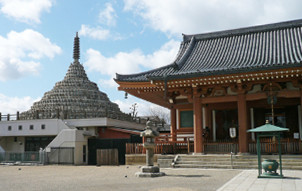
16 min by walk
Mibu dera is a Buddihist temple and was established in 991 by the monk Kaiken. Several times a year, the temple hosts performances of Kyogen, a form of traditional Japanese comic theater. It is a pantomime without any words at all but easy to understand.
Access from Gekkou-an
Kinkakuji
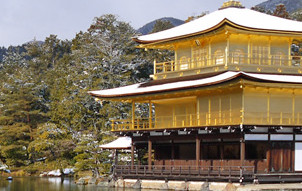
25 min by walk + Kyoto city bus
Kinkakuji, literally “temple of the golden pavilion” officially named Rokuonji. It is a Zen Buddhist temple which is completely covered in gold leaf. The temple was the retirement villa of the shogun Ashikaga Yoshimitsu. It is one of the most popular buildings in Japan also designated as a National Special Historic Site.
Access from Gekkou-an
Kitano-tenmangu
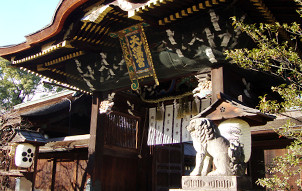
20 min by walk + Kyoto city bus
The shrine was first built in 947. It appeases the anger spirit of bureaucrat, scholar and poet Sugawara Michizane, who had been exiled by his enemies in the Fujiwara clan. He was also known as a God of Learning. On the 25th of every month, the shrine hosts a flea market.
Access from Gekkou-an
Arashiyama
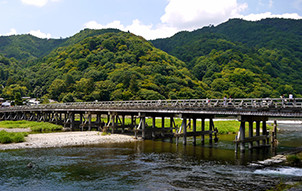
25 min by walk + Keifuku Arashiyama Line
Arashiyama is a nationally designated Historic Site and Place of Scenic Beauty. It has many notable tourist sites in the neighborhood so it is well worth a visit. The view of cherry blossom and autumn colors are very popular.
Access from Gekkou-an
Kyoto International Manga Museum
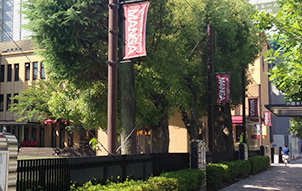
15 min by walk + Subway Tozai Line
The building is the former elementary school. Its collection of 300,000 items includes Meiji period magazines. You can take down manga from ‘manga wall’ and read freely. In front of the museum, there is a large lawn where people enjoy reading manga from the collection, some lying on the lawn on the nice days.
Access from Gekkou-an
Shoren-in
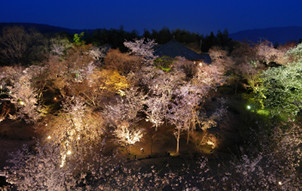
26 min by walk + Subway Tozai Line
Shoren-in is a Buddihist temple which was built in the late 13th century It is also known as Awata Palace. The temple complex contains a garden with massive eight hundred-year-old camphor trees. It is located in several other prominent temples and shrines in the neighborhood.
Access from Gekkou-an
Imamia Shrine
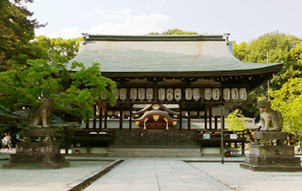
30 min by walk + Kyoto city bus
Imamiya jinja is a Shinto shrine which was originally established for patrons to pray for safety from epidemic during the Heian Period in 994. Nowadays people pray for general good health. There are long standing restaurants outside of East Gate. Their specialty is aburi-mochi-skewed roasted rice cakes that are a traditional Kyoto confection.
Access from Gekkou-an














